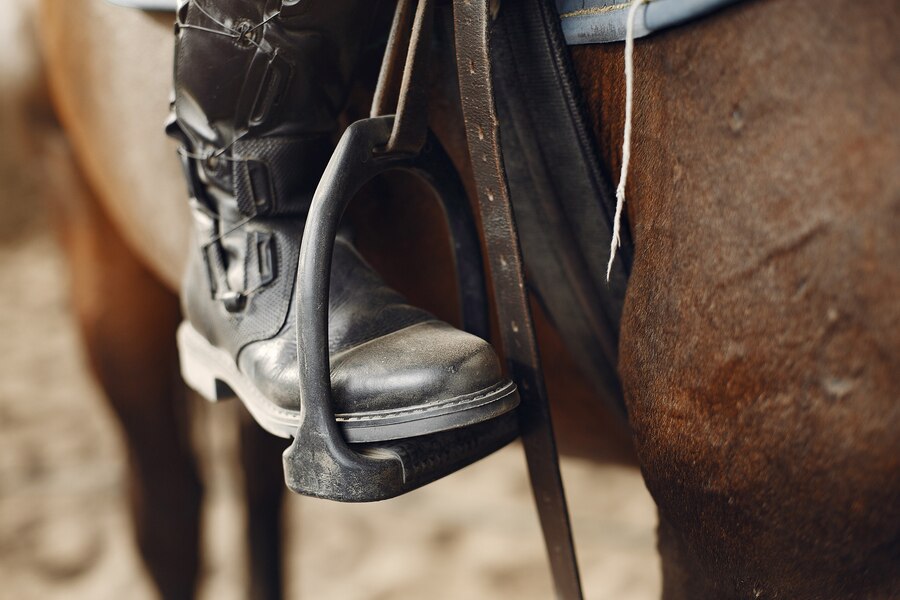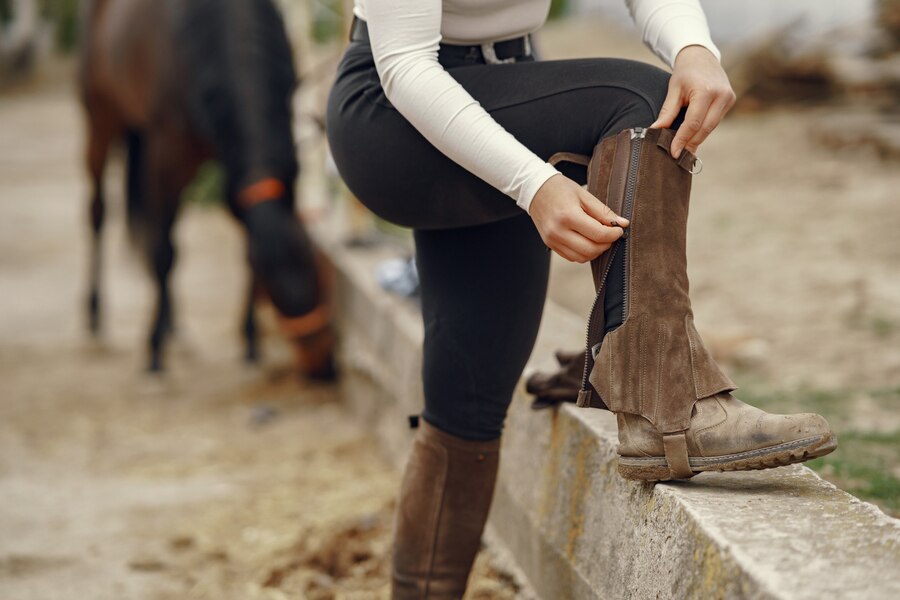Horse shoes are fundamental tools in the world of equestrianism. These small yet sturdy items protect horse hooves, enhance performance, and ensure a horse’s health remains uncompromised. Whether for daily riding or competitive activities, horse shoes play a significant role. This article explores their importance, types, materials, benefits, and more, to provide a comprehensive understanding of horse shoes and why they are indispensable in equine care.
What Are Horse Shoes?
Horse shoes are specially designed U-shaped metal or composite items attached to a horse’s hooves. They serve as a protective layer, absorbing shock, providing grip, and preventing hoof damage. Shoes are fitted by skilled professionals known as farriers who use precision and expertise to secure these shoes correctly.
History of Horse Shoes
The history of horse shoes dates back centuries, evolving from early forms of hoof protection in ancient cultures to the modern, specialized designs we see today. Ancient horsemen, recognizing the importance of hoof care, crafted early prototypes, such as sandals made of rawhide or woven plants. The Romans were among the first to use metal to safeguard horse hooves, which gradually led to the development of nailed-on horse shoes.
Why Do Horses Need Shoes?
Horses need shoes primarily to protect their hooves from excessive wear and tear. Factors such as the surface they walk on, the workload, and specific performance requirements influence whether a horse needs shoes. For horses that work on hard or rocky terrain, shoes offer essential protection, while those involved in racing or show-jumping benefit from enhanced traction and stability.
Benefits of Horse Shoes
Horse shoes offer multiple benefits, including hoof protection, shock absorption, improved grip, and injury prevention. They help horses maintain soundness, a term that describes a horse’s health concerning its ability to perform work without pain. By ensuring a strong, supportive foundation, horse shoes play a vital role in preserving a horse’s overall well-being.
Common Types of Horse Shoes
There are various types of horse shoes, each designed to meet specific needs:
Standard Shoes: These are general-purpose shoes that offer basic protection and support for horses in light to moderate work.
Racing Plates: Lightweight and often made from aluminum, racing plates are used to improve a horse’s speed in races.
Therapeutic Shoes: Designed for horses with specific foot or leg ailments, these shoes can provide relief and aid recovery.
Traction Shoes: These have specialized treads or studs to improve grip on slippery surfaces, commonly used for horses working in wet or icy conditions.
Materials Used in Horse Shoes
Horse shoes are typically made from metal, but materials vary depending on the shoe’s purpose:
Steel: Known for its durability, steel is commonly used in standard shoes for everyday work.
Aluminum: Lightweight and often used for racehorses, aluminum offers less weight and more speed.
Rubber and Polyurethane: Used in therapeutic shoes, these materials provide shock absorption, making them ideal for horses with hoof or joint issues.
The Process of Fitting Horse Shoes
Fitting horse shoes, known as “shoeing,” involves careful preparation and skill. Farriers start by cleaning and trimming the hooves, then select the appropriate shoe type and size. After heating the shoe to match the hoof shape, they nail it securely into the hoof wall. Correctly fitting horse shoes ensures that the horse remains comfortable and that the shoes offer maximum benefits.
How Often Should Horse Shoes Be Replaced?
Horse shoes generally need replacement every 4-6 weeks. However, factors such as terrain, workload, and the horse’s hoof growth rate can influence this timeline. Regular farrier visits ensure that the shoes fit properly and prevent issues like loose nails, which can lead to injuries or discomfort.
Signs Your Horse Might Need Shoes
A horse may need shoes if you notice signs like chipped or cracked hooves, difficulty walking on hard surfaces, or excessive hoof wear. Horses that perform specific activities requiring traction, such as jumping or racing, also benefit from shoeing to prevent slipping and injuries.
Risks and Drawbacks of Horse Shoes
Although horse shoes provide significant benefits, they can also present certain drawbacks. Improper shoeing can lead to hoof damage, while the added weight can sometimes alter a horse’s natural gait. Ensuring that a skilled farrier fits the shoes minimizes these risks and supports the horse’s comfort and health.
The Role of Farriers in Horse Care
Farriers are trained professionals who specialize in hoof care, trimming, and shoeing. Their role is essential, as they assess hoof health, recommend appropriate shoes, and perform necessary adjustments. Farriers also help prevent and treat common hoof issues, such as thrush or abscesses, contributing significantly to a horse’s well-being.
Do All Horses Need Shoes?
Not all horses require shoes. Some horses with strong hooves and minimal workload thrive barefoot, particularly if they are on soft pastureland. However, horses that work on rough surfaces or participate in high-impact activities often need shoes to protect their hooves and ensure soundness.
Alternatives to Traditional Horse Shoes
Several alternatives to traditional horse shoes are available, such as hoof boots and glue-on shoes. Hoof boots provide temporary protection and are popular for horses that are barefoot but need extra protection during certain activities. Glue-on shoes offer a gentler alternative to nailed shoes, ideal for horses with sensitive hooves.
The Importance of Regular Hoof Care

Regular hoof care is vital, whether a horse is shod or barefoot. Routine trimming, cleaning, and inspections prevent hoof problems, which can lead to lameness if ignored. Proper hoof care also enhances comfort, performance, and long-term health.
Conclusion
Horse shoes are indispensable tools that protect and enhance a horse’s ability to perform various tasks safely and comfortably. By understanding the types, benefits, and fitting process, owners can ensure their horses receive the best possible care. A qualified farrier and consistent hoof maintenance contribute to a healthy, sound horse capable of excelling in its role.
FAQs
What are horse shoes made from?
Horse shoes are typically made from steel, aluminum, or composite materials like rubber and polyurethane, chosen based on the horse’s needs and activity level.
How long does a horse shoe last?
Horse shoes generally last 4-6 weeks, though this varies depending on terrain, hoof growth, and the horse’s workload.
Can all horses go barefoot?
Some horses with strong hooves and light workloads can go barefoot, but horses working on rough surfaces or engaged in high-impact activities usually require shoes.
How do I know if my horse needs shoes?
Signs a horse may need shoes include chipped or worn hooves, discomfort on hard surfaces, or increased hoof sensitivity.
Do horse shoes hurt the horse?
When fitted by a professional farrier, horse shoes do not hurt the horse. The nails are driven into the hoof wall, a part of the hoof with no nerves, making the process painless.
